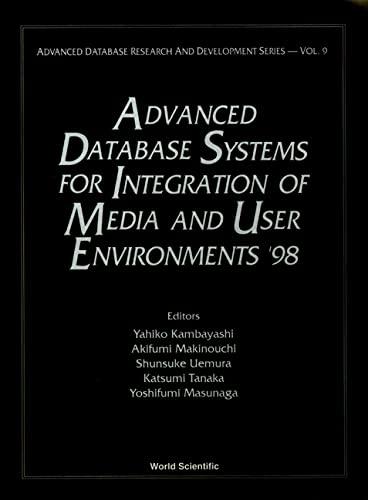
Question 1 (50 points) In this question you are going to write a Python program that represents a command line version of a hexadecimal editor. This program will be similar to the Linux built-in command line hexadecimal editors such as xxd and hexdump. The program will first ask the user to enter the name of any file you want to read. Your program will then print the binary contents of the file into the standard output (screen). The output will be divided into three main sections: the offset values in decimal, sixteen space-separated hexadecimal bytes, followed by the same sixteen bytes but in ASCII value. The figure below shows an example of the first 48 bytes of an output, and the three different sections: 00000000 de 66 c1 ea 10 f7 76 1a 86 d6 8a 56 40 8a e8 ce.f....v....V@ 00000016| |e4 06 0a cc b8 01 02 cd 13 66 61 0f 82 75 ff 81||| fa..u.. 90000032 c3 00 02 66 40 49 75 94 c3 42 4f 4f 54 4d 47 52 f@Iu..BOOTMGR offset Hexadecimal Values ASCII Values Notice that in the 2"d section there a space between the 8th and 9th byte. Each output line represents 16 bytes. The first column shows the decimal offset, where the first byte from the first line represents the 0th byte the second line starts with byte 16th and so on. The final section only shows the printable ASCII characters. These are the ASCII characters can be printed on the screen (usually they are the characters with ASCII values between 0x20 and 0x7EThe rest of the unprintable bytes are replaced by a period (). The following built-in Python functions will be useful in this situation: chr, hex, ord. More information about these functions can be found here: https://docs.python.org/3/library/functions.html Question 1 (50 points) In this question you are going to write a Python program that represents a command line version of a hexadecimal editor. This program will be similar to the Linux built-in command line hexadecimal editors such as xxd and hexdump. The program will first ask the user to enter the name of any file you want to read. Your program will then print the binary contents of the file into the standard output (screen). The output will be divided into three main sections: the offset values in decimal, sixteen space-separated hexadecimal bytes, followed by the same sixteen bytes but in ASCII value. The figure below shows an example of the first 48 bytes of an output, and the three different sections: 00000000 de 66 c1 ea 10 f7 76 1a 86 d6 8a 56 40 8a e8 ce.f....v....V@ 00000016| |e4 06 0a cc b8 01 02 cd 13 66 61 0f 82 75 ff 81||| fa..u.. 90000032 c3 00 02 66 40 49 75 94 c3 42 4f 4f 54 4d 47 52 f@Iu..BOOTMGR offset Hexadecimal Values ASCII Values Notice that in the 2"d section there a space between the 8th and 9th byte. Each output line represents 16 bytes. The first column shows the decimal offset, where the first byte from the first line represents the 0th byte the second line starts with byte 16th and so on. The final section only shows the printable ASCII characters. These are the ASCII characters can be printed on the screen (usually they are the characters with ASCII values between 0x20 and 0x7EThe rest of the unprintable bytes are replaced by a period (). The following built-in Python functions will be useful in this situation: chr, hex, ord. More information about these functions can be found here: https://docs.python.org/3/library/functions.html







